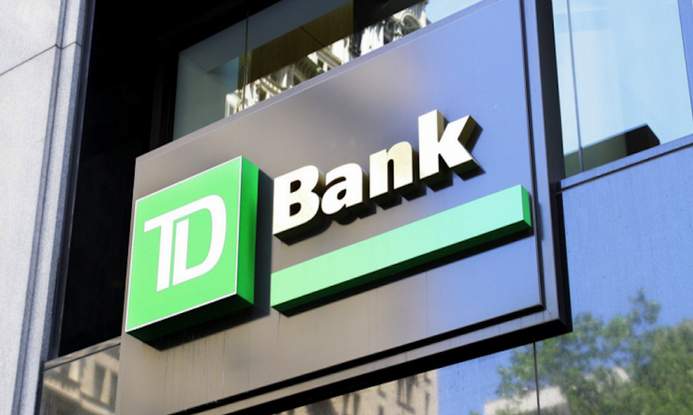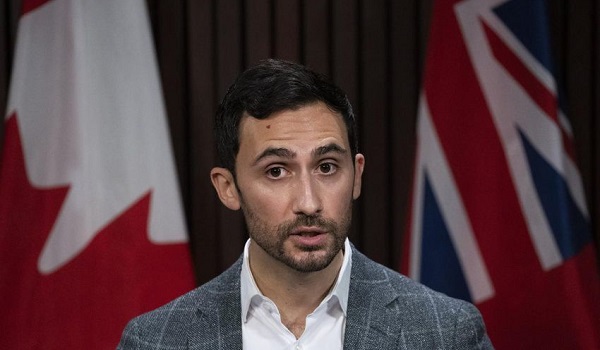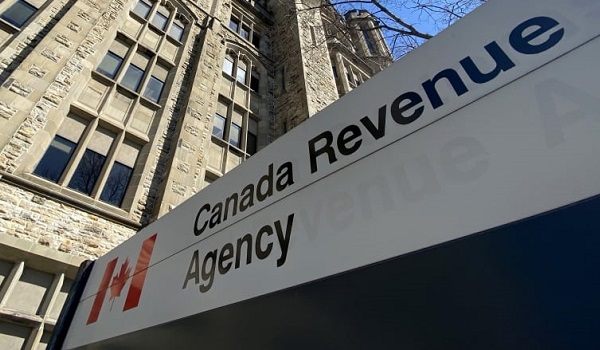TD Bank signed a deal with India’s biggest private bank to attract business from international students
Toronto-Dominion Bank has inked an agreement with India’s biggest private bank to attract international students as Canada’s largest lenders vie for new immigrants.
With the federal government targeting record immigration in the coming years, competition among the country’s largest lenders has spiked for customers who are new to Canada. Through the partnership, Mumbai-based HDFC Bank HDB-N -1.00% decrease will refer international students to TD TD-T +0.60% increase to help set up their financial requirements for study permits.
Canada’s banking sector is highly saturated, with the Big Six banks dominating the market. Growth in the country is typically a game of inches, with the lenders poaching clients from each other. The single biggest growth opportunity for the banks is the boom in people migrating to Canada.
The Canadian government requires international students to show proof of financial means by buying a guaranteed investment certificate for a minimum amount. After HDFC has referred a student to TD, the Canadian bank offers a GIC without an application fee, as well as a free chequing account and a rebate to cover the first wire payment into the student’s TD account.
“As we think about our strategy for supporting newcomers coming to Canada, one of the things that we increasingly have been thinking about over the last couple of years is how do we extend our reach into the consumers that are making decisions on where to bank prearrival, in their home geographies,” Sona Mehta, TD’s executive vice-president of Canadian personal banking, said in an interview.
“Newcomers are increasingly quite savvy. It is a very digital age and customers are doing their research ahead of time.”
The referral partnership is an extension of the two banks’ existing relationship. TD has been HDFC Bank’s main correspondent banking partner for Canadian dollar clearing since 2015.
The federal government has set gargantuan immigration goals that it says are necessary to address labour shortages and slow the aging of Canada’s population. It set a target of 485,000 permanent residents for 2024, and 500,000 for 2025.
As of Oct. 1, Canada’s population rose by 1.25 million, or 3.2 per cent, in the previous 12 months. That’s the fastest pace of growth since the late 1950s. Most of the increase was driven by international migration, largely from temporary residents such as students and workers.
India is one of the largest sources of international students in Canada, making that market a major growth opportunity.
Many of Canada’s big banks have launched programs to grab a piece of the growing market. Last year, Royal Bank of Canada RY-T -0.19% decrease struck an agreement to take customer referrals from ICICI Bank Canada, a subsidiary of one of the largest banks in India. Other Canadian lenders have also inked partnerships with various immigration-focused organizations to attract newcomers.
During a presentation to investors last June, TD said that it set a medium-term target of 50-per-cent growth in new-to-Canada customer acquisition.
In its earnings release for its first quarter ended Jan. 31, the bank said that it posted record customer acquisition, with new accounts up 19 per cent year-over-year, largely driven by accounts for new immigrants.
TD has structured its new-to-Canada unit in its personal banking business according to the stages an immigrant goes through as they relocate. The bank has separate teams of marketers, product designers, and risk management and technology experts who create programs and processes for new immigrants in the various phases of relocating, touching down in Canada and settling into their new home country.
“We understand that needs changed through the life cycle of the journey,” Ms. Mehta said. “What you need before you arrive in Canada versus what you need in the days following arrival, and then what you need as you get established – each leg of that journey is unique.”
This article was first reported by The Globe and Mail















